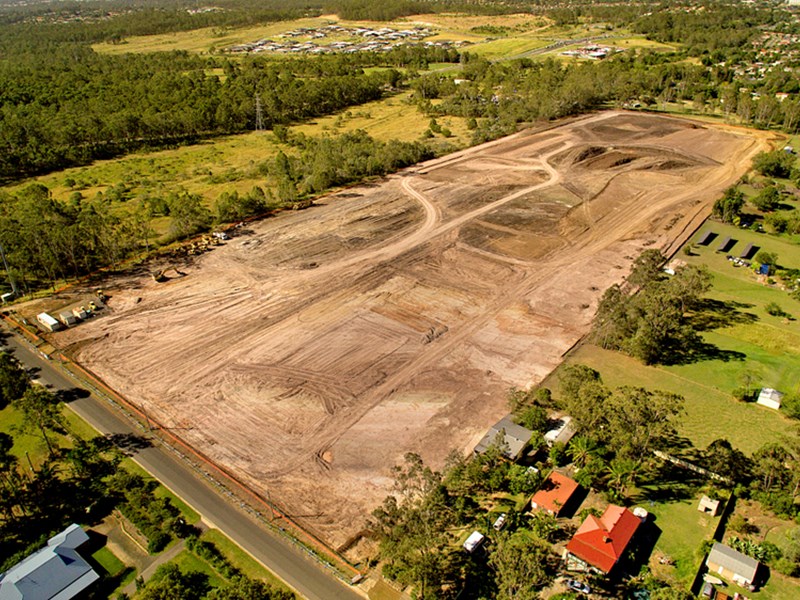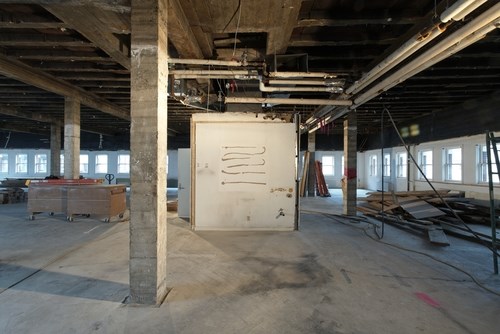Changes To Planning Laws - What You Need To Know

Build, Build, Build
As part of the Prime Ministers drive to boost the economy, Boris Johnson has initiated changes to the current planning laws which come into effect in September. The overhaul to the planning system has been long awaited and arguably overdue. The changes that will take effect in September include allowing many commercial buildings to change to residential use without a planning application. The aim is to speed up the planning process for builder and developers so that vacant residential and commercial buildings can be demolished and quickly turned into new homes.
Potential Pit Falls
Whilst some welcome the changes there is concern about residential properties being built without sufficient infrastructure such as parking and green space. Poor quality housing could have an impact on the economic viability of areas and turn off potential buyers of business. There is also concern on compromising the green spaces that provide a sense of well-being that people have come to covet and appreciate during lockdown. The planning permission process serves a purpose, to ensure that these additional needs are not compromised by cramming in housing that is sub-par. There is also the flip side of losing commercial space previously occupied by businesses and filling it with housing; if housing intensifies in commercial spaces where are the businesses to go? It’s a balancing act between energising the economy and ensuring development happens in the right way.
Summary of changes to use:
| FROM | TO |
| A1 (shops) |
A2 A3 up to 150m2 and subject to Prior Approval B1(a) up to 500m2 and subject to Prior Approval C3 up to 150m2 and subject to Prior Approval D2 up to 200m2 and subject to Prior Approval and only if the premises was in A1 use on 5th December 2013 A mixed use comprising an A1 or A2 use and up to two flats may also be permitted subject to meeting certain conditions |
| A2 (professional and financial services) |
A1 A3 up to 150m2 and subject to Prior Approval B1(a) up to 500m2 and subject to Prior Approval C3 up to 150m2 and subject to Prior Approval D2 subject to Prior Approval and only if the premises was in A2 use on 5th December 2013 A mixed use comprising an A1 or A2 use and up to two flats may also be permitted subject to meeting certain conditions |
| B1(a) (business - offices) |
B8 up to 500m2 C3 subject to Prior Approval State-funded school or registered nursery subject to Prior Approval |
| B1(b) (business - research and development) |
B8 up to 500m2 State-funded school or registered nursery subject to Prior Approval |
| B1(c) (business - light industrial) |
B8 up to 500m2 C3 up to 500m2 and subject to Prior Approval State-funded school or registered nursery subject to Prior Approval
|
| B2 (general industrial) |
B1 B8 up to 500m2
|
| B8 (storage and distribution) |
B1 up to 500m2 |
| Sui generis (agricultural buildings) |
A1, A2, A3, B1, B8, C1, C3, D2, State-funded school or registered nursery, all subject to meeting relevant criteria and Prior Approval.
|
Asbestos on Commercial Sites

With an investment like this, it is prudent to carry out a pre-acquisition survey as the owner is responsible for managing asbestos on the property. Artisan can provide this for you as well as phase 1 desk surveys and R&D surveys. It is also worth knowing that there are significant tax reliefs available for land in a contaminated site. Land Remediation Relief provides a deduction of 100%, plus an additional deduction of 50%, for qualifying expenditure incurred by companies in cleaning up land acquired from a third party in a contaminated state. This claim can be made through HMRC under the Corporation Tax Self-Assessment.